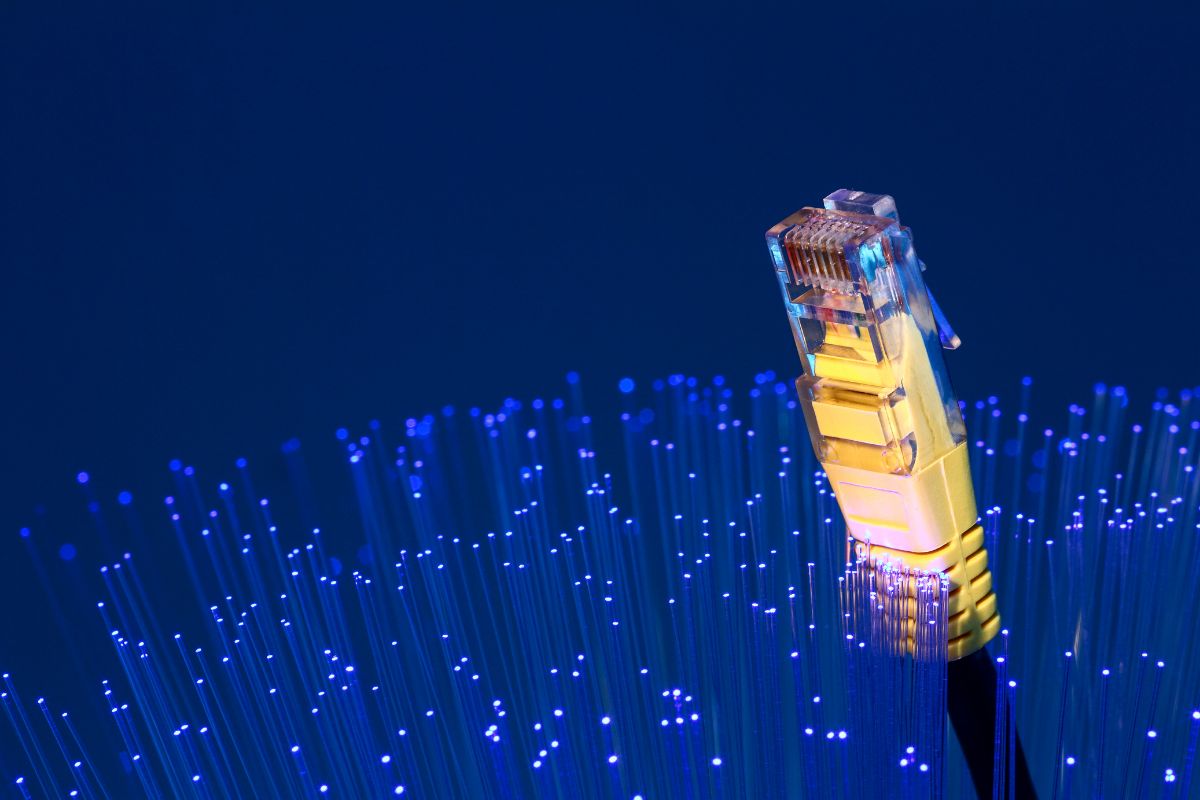A new Opensignal research claims that AT&T and Verizon’s latest C-band installations are allowing them to catch up to T-Mobile US, which has repeatedly shown itself to be the 5G leader in terms of power, availability, and reach. The most recent data, however, reveals faster 5G download speeds on both AT&T and Verizon systems. According to Opensignal, this is due to more people using both carriers’ networks’ C-band, which has been deployed.
C-Band Rollouts Have Accelerated 5G Download Speeds for AT&T and Verizon Customers
In addition, download speeds on AT&T’s network have improved by 34.6%, and more of its subscribers now use C-band than ever before—from 4.6% to nearly 30%. With the fraction of C-band readings rising from 16.2% to over 50%, Verizon consumers saw an average 15.8% boost in download speed with 5G. “Previously, Opensignal analysed the initial impact of 5G deployments in the C-band at a time when Verizon was deploying C-band services, but AT&T’s early roll-outs were limited to eight metro areas around the U.S. at first as AT&T planned a surge in Q2 when it would also deploy service on the 3.45 GHz band at the same time,” wrote Robert Wyrzykowski, senior industry analyst at Opensignal. “Our AT&T users’ average 5G download speeds have steadily increased since the beginning of the year when the operator started to roll out 5G services in the C-band.” “This trend continued in September when more than 30% of 5G readings observed on AT&T’s network were on the 3.7 GHz band — while the share of the 850 MHz dropped to 65.5% of 5G readings,” continued Wyrzykowski. It’s hardly strange that Opensignal stated that the 850 MHz (n5) band accounted for 92.7% of its 5G readings on the network, given that use of the 3.7 GHz band was so sparse back in March when AT&T was primarily reliant on it to supply 5G services. However, AT&T’s total sub-6GHz 5G usage increased to 5.9% in April. From there, it quickly increased to nearly 10% in May and nearly 20% in July, just two months later. Towards the end of next year, 200 million prospective customers should be served by AT&T’s mid-band spectrum holdings, the company stated in January. The statistics from Verizon demonstrated a comparable pattern, with an increase in the average 5G download speeds of its users of 11.1 Mbps (15.8%) between March and September 2022, which Opensignal determined was also influenced by the C-band installations across the United States. “C-band explains the jump in users’ overall 5G Download Speed on both carriers because of its significantly greater capacity than lower frequency 5G bands. Analyzing the different average 5G download speeds when different 5G bands are connected highlights the superior experience of using the C-band,” Wyrzykowski summarized. Despite the advancements brought about by C-band deployments, AT&T still trails Verizon, and Verizon still trails T-Mobile US.
